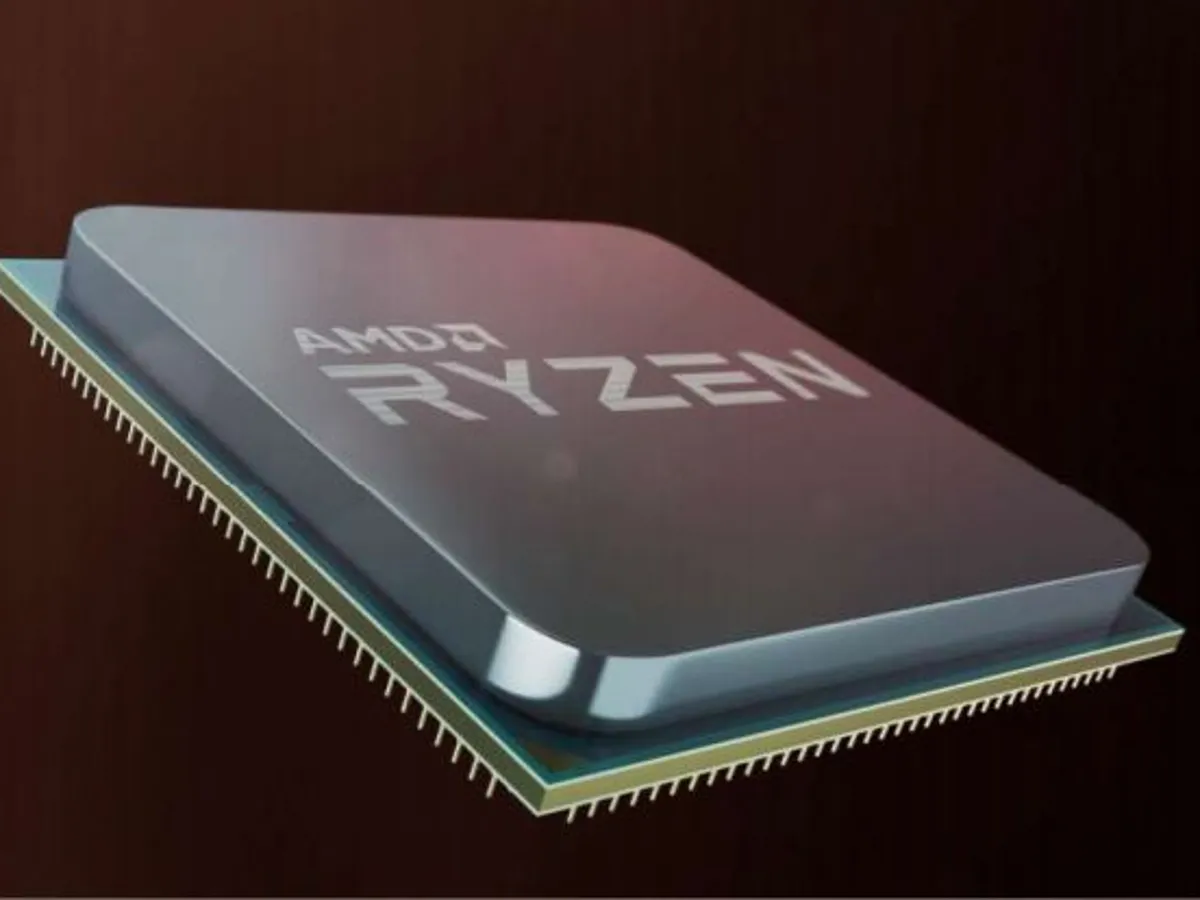The ‘Sinkclose’ flaw, officially known as CVE-2023-31315, has surfaced as a critical vulnerability within AMD processors, affecting a vast range of devices from desktops to high-end servers. This security loophole has been undetected for nearly two decades, posing a significant risk to system integrity and data security.
What is the ‘Sinkclose’ Flaw?
Discovered by IOActive researchers Enrique Nissim and Krzysztof Okupski, the ‘Sinkclose’ flaw enables attackers with kernel-level access to escalate their privileges to Ring -2, entering the System Management Mode (SMM) of affected CPUs. This mode oversees crucial operations like power management and security functions, which are typically isolated from the operating system to shield them from malicious attacks.
Scope and Impact
The flaw impacts a broad spectrum of AMD’s product lines, including EPYC, Ryzen, and Threadripper processors across multiple generations. The affected devices span over server, desktop, and mobile platforms, underlining the widespread nature of the vulnerability.
Detection and Mitigation Challenges
Due to its location within the SMM, a highly privileged and secure part of the processor, the ‘Sinkclose’ flaw is not detectable by conventional antivirus or security software. The only method to identify and rectify the flaw involves using specialized equipment to physically connect to the CPU’s firmware. AMD has started rolling out mitigation measures, but the scope of the flaw requires ongoing attention and rapid application of these fixes once they become available.
Why is it so concerning?
The flaw’s capability to allow deep, persistent infections that can evade detection makes it a potent tool for state-sponsored and advanced cybercriminals. These actors could theoretically leverage the vulnerability to install spyware or other malicious software that could operate undetected indefinitely.
Historical Context and Industry Response
This isn’t the first time AMD or the tech industry has encountered severe vulnerabilities, but the ‘Sinkclose’ flaw stands out due to its depth and the challenge it presents for mitigation. Industry experts recommend that all users of affected AMD products update their systems immediately as patches become available to protect against potential exploits.
The ‘Sinkclose’ vulnerability highlights an ongoing challenge in cybersecurity: securing complex and deeply embedded system components against evolving threats. For users, staying informed about the latest security advisories and being proactive with updates are the best defenses against such vulnerabilities



















Add Comment